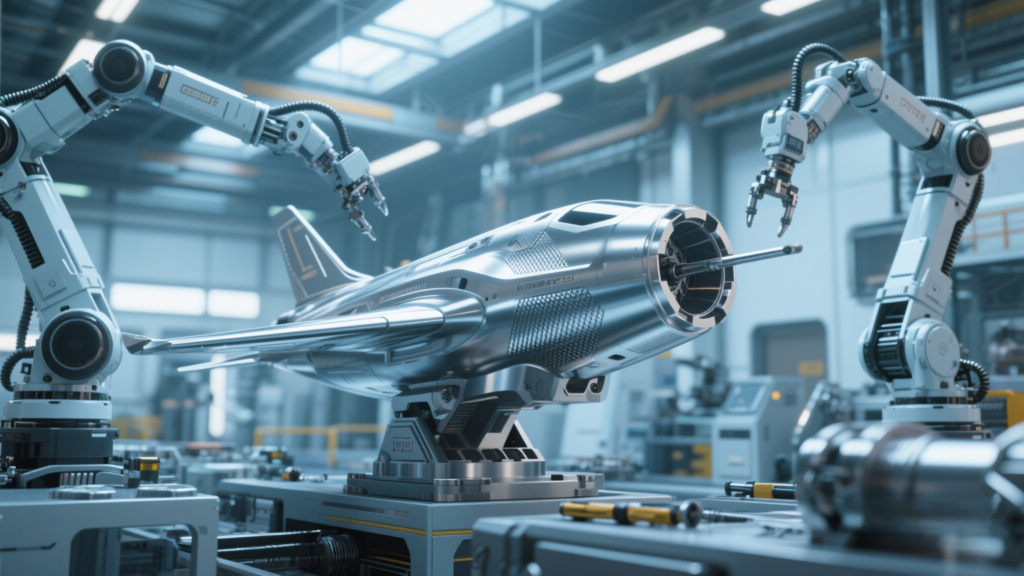Throughout the development of the aviation industry, material innovation has been a key driver of technological progress. From wooden structures to steel frames, and now to the era of composite materials and alloys, each breakthrough has revolutionized aviation. In recent years, new energy aluminum alloys—with their superior properties—have become the preferred choice for aerospace component manufacturing, reshaping the future of aviation with unprecedented momentum.
Core Advantages of New Energy Aluminum Alloys in Aviation
1. Weight Reduction & Efficiency Improvement
Key Feature: The density of new energy aluminum alloys (~2.7 g/cm³) is less than 1/3 of steel, enabling significant weight savings.
Example:
The Boeing 787 uses aluminum alloys in its fuselage, achieving ~20% weight reduction, improving fuel efficiency and reducing carbon emissions.
2. High Strength & Toughness: Ensuring Aviation Safety
Material Performance:
7000-series aluminum alloys (e.g., 7075-T6) achieve yield strength >500 MPa, resisting complex stresses during flight.
Maintains structural stability under turbulence and high-speed aerodynamic forces, extending component lifespan.
3. Superior Corrosion Resistance
Protection Mechanism: A natural aluminum oxide layer acts as armor against salt spray, acid rain, and humidity.
Impact: Reduces maintenance costs and ensures long-term performance in harsh environments (e.g., marine or desert climates).
4. Manufacturing Flexibility
Process Adaptability:
Rolling, extrusion, and forging enable complex aerospace component shapes.
Excellent weldability streamlines assembly, shortening production cycles for aviation manufacturing.
5. Sustainability & Recyclability
Environmental Benefits:
Recycled aluminum alloys require ~5% energy vs. primary production, maintaining quality for reuse.
Supports a green circular economy, reducing resource extraction and environmental impact.
Case Study: Boeing 787 Dreamliner
Material Application: New energy aluminum alloys in fuselage and wing structures.
Results:
20% lighter airframe vs. traditional designs.
20% lower fuel consumption, aligning with aviation’s green development goals.
Future Trends
Technological Innovation:
Advanced alloy designs (e.g., nano-reinforced aluminum alloys) to further boost strength-to-weight ratios.
Integration with 3D printing for complex, lightweight components.
Industry Impact:
Driving aviation technology toward higher efficiency, safety, and sustainability.
Enabling next-gen aircraft with longer ranges, lower emissions, and reduced lifecycle costs.
Conclusion
New energy aluminum alloys are revolutionizing aerospace manufacturing through lightweight strength, corrosion resistance, and sustainable practices. From the Boeing 787 to future hypersonic aircraft, these materials are elevating aviation performance while supporting global environmental goals. As technology advances, new energy aluminum alloys will continue to push the boundaries of aviation innovation, paving the way for greener, smarter skies.


